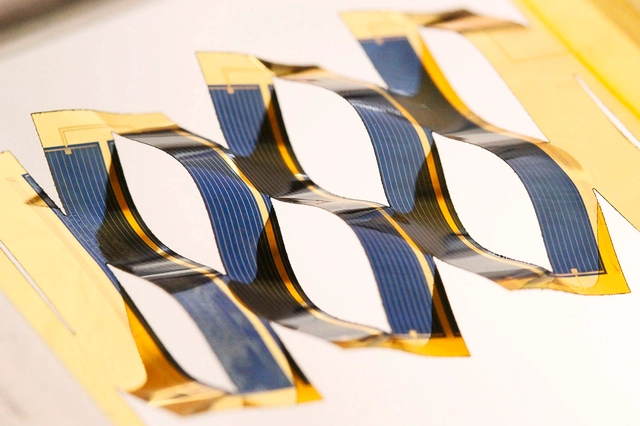
A new challenger has stepped into the ring of home solar batteries, and it’s a name you may recognize: global furniture retailer IKEA.
A competitor to Tesla’s now-available Powerwall home battery and solar roof system, IKEA’s home battery will be first sold in the UK, where owners of solar-powered homes can typically only sell excess energy produced back to the national grid at a loss. The battery pack will instead allow that power to be stored for later use, helping homeowners reduce their electricity bills by as much as 70 percent.





.jpg?1477928406)











